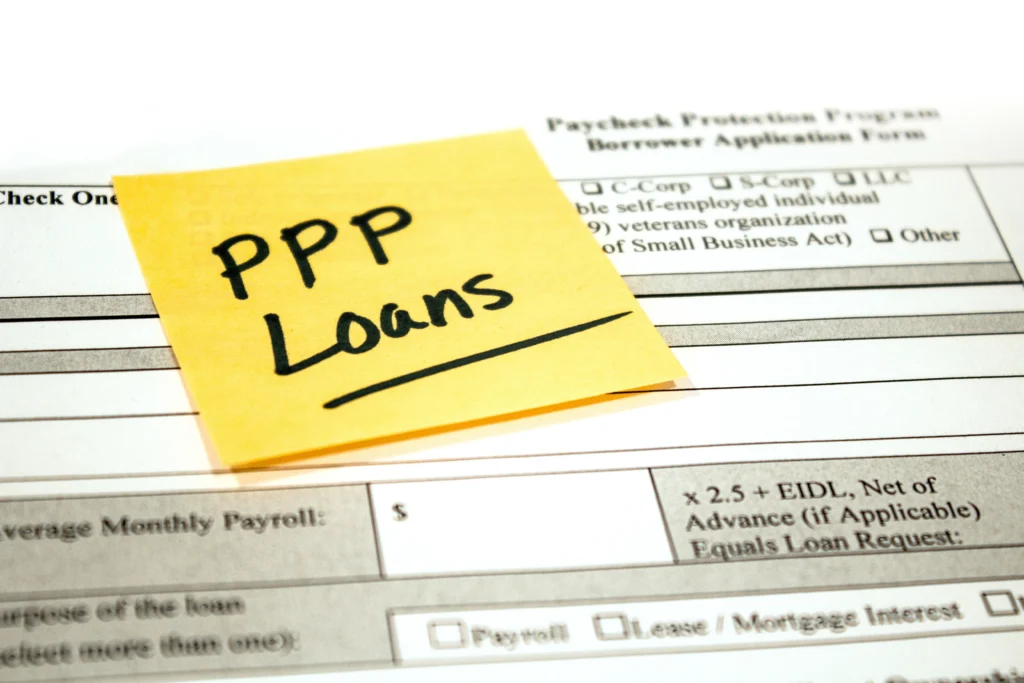Government budgets are essential tools that define how public funds are collected, allocated, and spent. The budget preparation process in government is a structured and multi-step activity that ensures public resources are directed toward national priorities, development goals, and the welfare of citizens. It involves coordination among various departments, ministries, and legislative bodies. Calculator
What is a Government Budget?
A government budget is an annual financial plan that outlines expected revenues (mainly from taxes and other public levies) and planned expenditures on public services like healthcare, education, infrastructure, defense, and welfare programs.
It serves three main functions:
- Allocative: Distributing resources to different sectors.
- Redistributive: Reducing income inequality through welfare schemes.
- Stabilization: Managing economic fluctuations through fiscal policy.
Key Objectives of Government Budgeting
- Ensure efficient allocation of resources.
- Promote economic growth and stability.
- Fund public services and infrastructure.
- Reduce inequalities through welfare schemes.
- Maintain fiscal discipline and transparency.
Step 1: Budget Circular and Guidelines Issued
The budget preparation process starts with the issuance of a budget circular by the Ministry of Finance (or equivalent department). This circular provides:
- Guidelines for preparing estimates.
- Macroeconomic assumptions (growth rates, inflation, etc.).
- Deadlines for submission by departments.
- Formats and rules for reporting.
This step sets the framework for the entire budgeting exercise.
Step 2: Departmental Budget Estimates Prepared
Individual government departments and ministries prepare their budget estimates based on:
- Past expenditure trends.
- Planned programs and projects.
- Policy priorities set by the government.
- Resource availability.
These estimates include both:
- Revenue expenditure (salaries, subsidies, pensions).
- Capital expenditure (infrastructure, asset creation).
Step 3: Budget Scrutiny and Review
Once submitted, the Ministry of Finance (or Budget Division) reviews the departmental estimates. This involves:
- Checking for consistency with national fiscal policy.
- Ensuring expenditure fits within revenue projections.
- Holding consultations with department heads.
- Making necessary adjustments to avoid budget deficits.
This step ensures the proposed budget aligns with broader economic goals.
Step 4: Preparation of the Budget Document
After reviewing and finalizing estimates, the consolidated budget document is prepared. It includes:
- Revenue and expenditure projections.
- Allocations to various ministries.
- Tax proposals and fiscal policies.
- Macroeconomic assumptions.
This document forms the basis of the budget presented to the legislature.
Step 5: Presentation to the Legislature
The finalized budget is presented to the national legislature (e.g., Parliament, Congress) by the Finance Minister or Treasury Secretary. This step includes:
- A budget speech highlighting key priorities.
- Tabling detailed budget statements and reports.
In many countries, the budget is presented annually, typically a few months before the start of the new fiscal year.
Step 6: Legislative Debate and Approval
Following presentation, the budget goes through:
- Debates: Lawmakers discuss allocations, priorities, and policies.
- Committee Reviews: Specialized committees scrutinize specific sections.
- Amendments: Proposals to modify allocations or policies.
Once debates conclude, the budget is put to a vote. Approval is mandatory for the government to start spending.
Step 7: Budget Implementation
After legislative approval, the budget enters the implementation phase:
- Funds are allocated to departments.
- Projects and programs are executed.
- Expenditures are monitored against the budget plan.
Treasury departments ensure timely disbursal of funds, and public financial management systems track expenses.
Step 8: Budget Monitoring and Control
During the fiscal year, government bodies monitor:
- Actual revenues vs. projected revenues.
- Expenditures against budgeted amounts.
- Project outcomes and service delivery.
Budget monitoring ensures financial discipline and helps detect variances early.
Step 9: Audit and Evaluation
At the end of the fiscal year:
- Independent audit bodies (e.g., Comptroller and Auditor General) audit government accounts.
- Performance evaluations measure the effectiveness of programs.
- Audit reports are submitted to the legislature for scrutiny.
This step enhances transparency and accountability in the use of public funds.
Key Institutions Involved in Budget Preparation
- Ministry of Finance/Treasury
- Line Ministries and Departments
- Central Bank (for macroeconomic inputs)
- Legislative Committees
- Audit and Accountability Institutions
Challenges in Government Budget Preparation
- Balancing competing demands for limited resources.
- Managing fiscal deficits and debt.
- Dealing with revenue uncertainties (e.g., tax collection, global markets).
- Ensuring transparency and preventing misuse of funds.
- Aligning budgets with long-term development plans.
Tips for Strengthening Government Budgeting
- Use multi-year budget frameworks for better planning.
- Involve public consultation for participatory budgeting.
- Enhance digital financial management systems.
- Link budget allocations to performance outcomes.
- Ensure regular audits and transparent reporting.
Final Thoughts
The budget preparation process in government is a complex yet essential exercise that affects every citizen’s life. By carefully estimating revenues, allocating expenditures, and ensuring legislative oversight, governments can deliver public services effectively, promote economic growth, and maintain financial stability.
Transparency, accountability, and sound fiscal management are the cornerstones of successful government budgeting. As citizens, understanding this process helps us engage more meaningfully in democratic governance and public finance.


